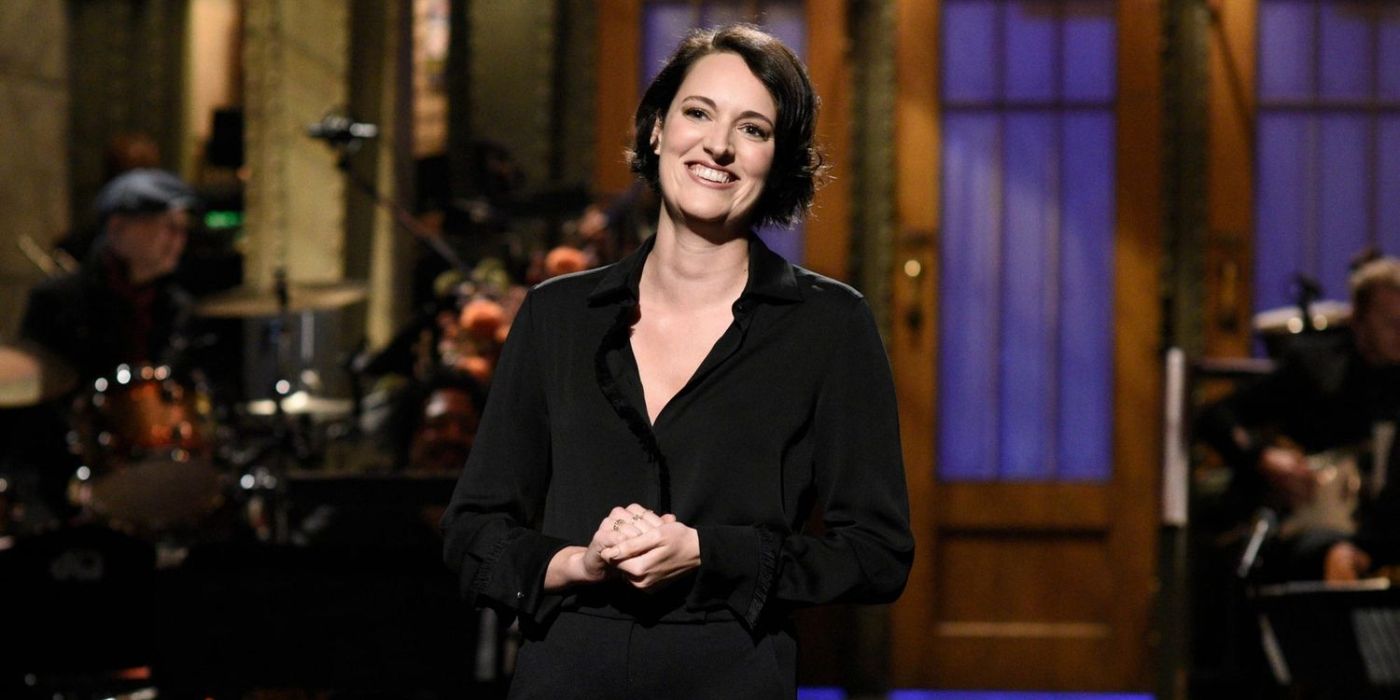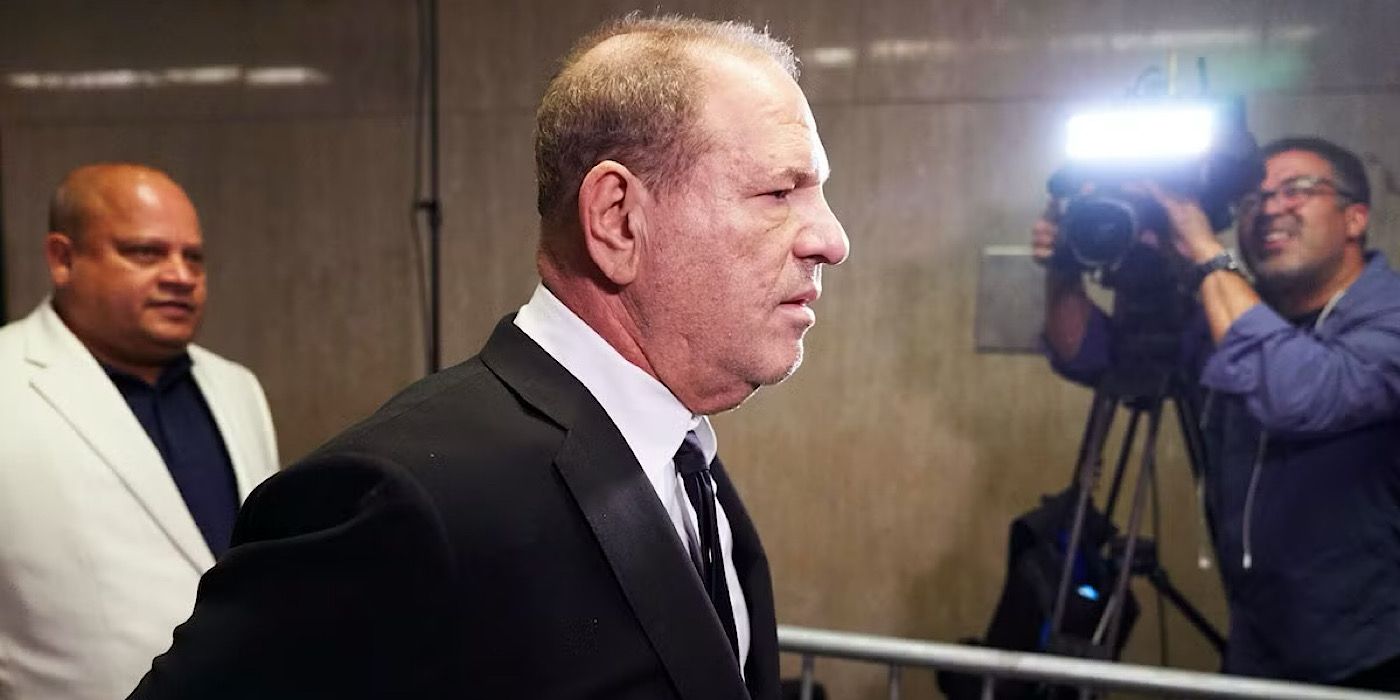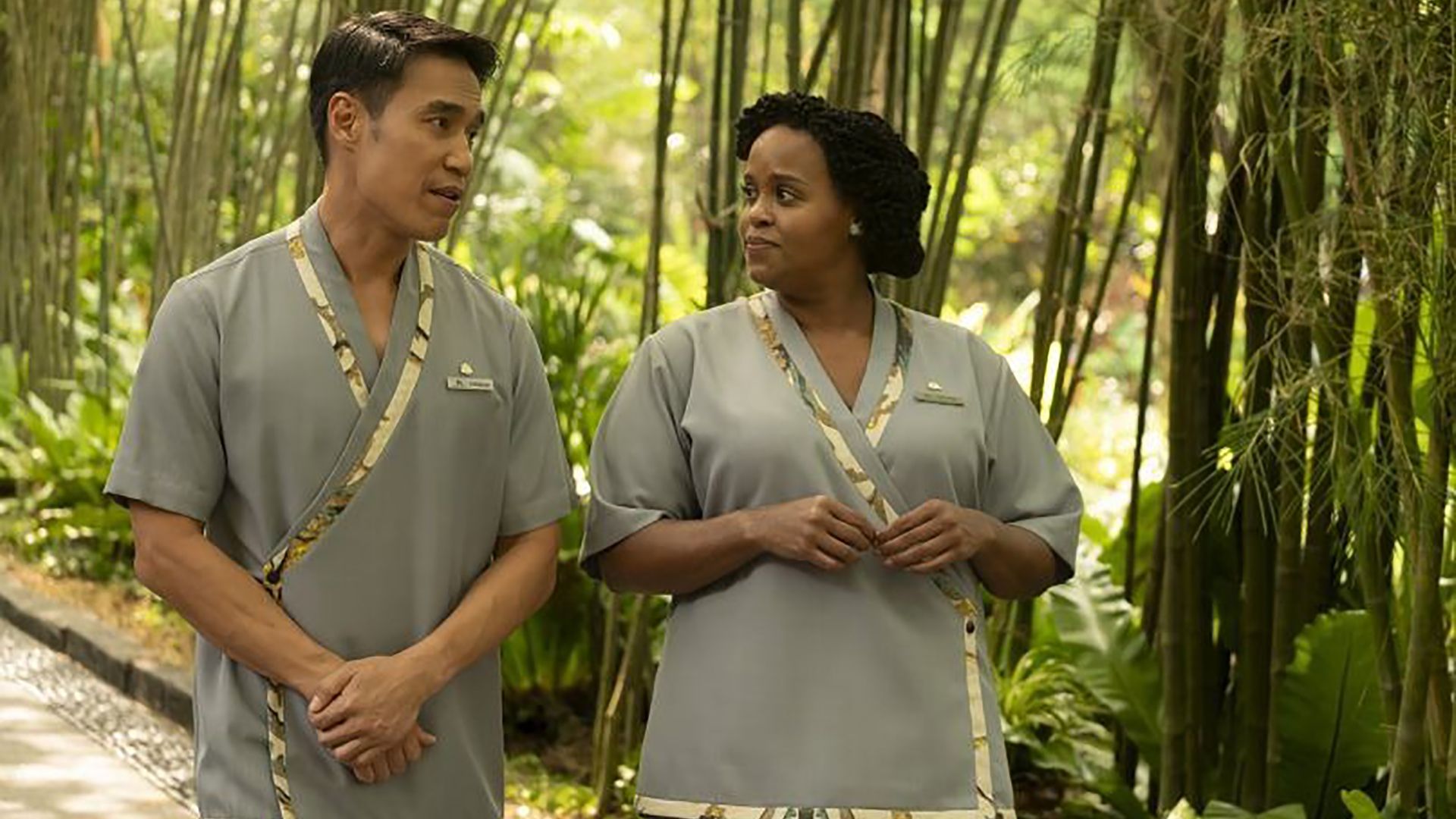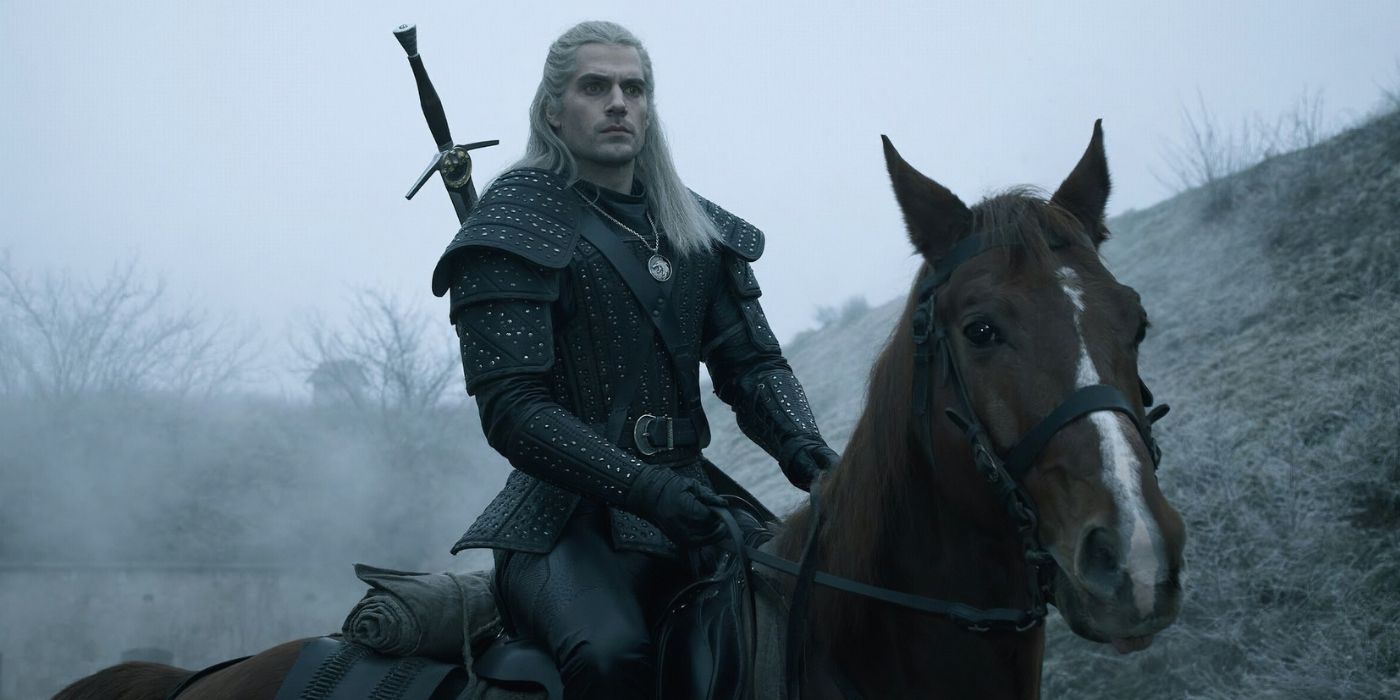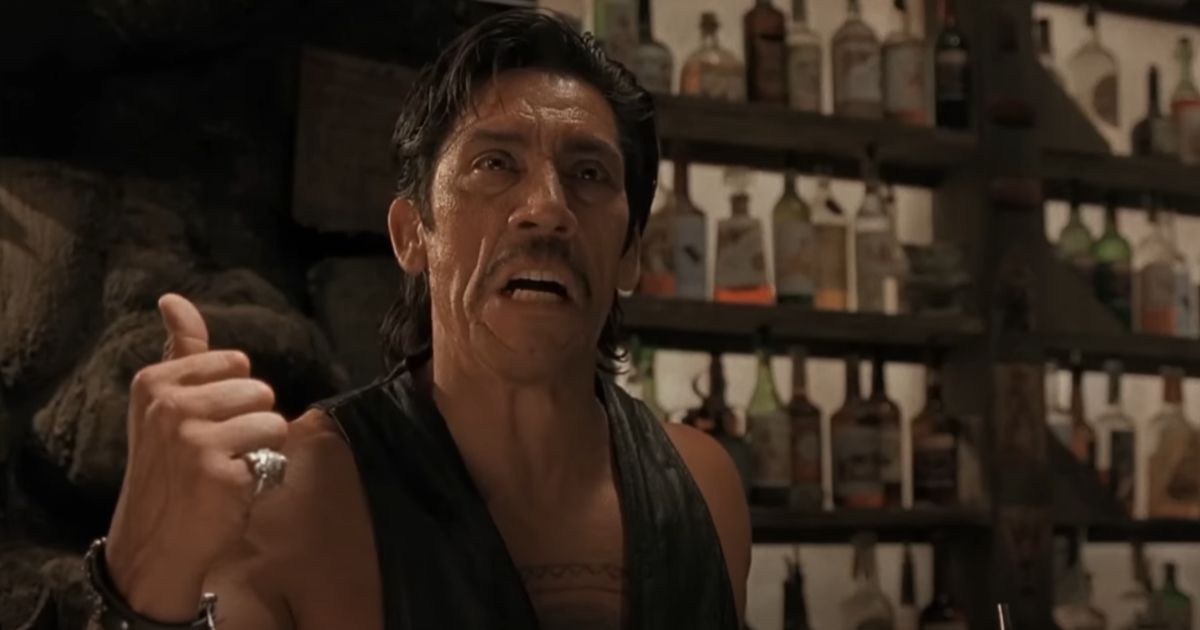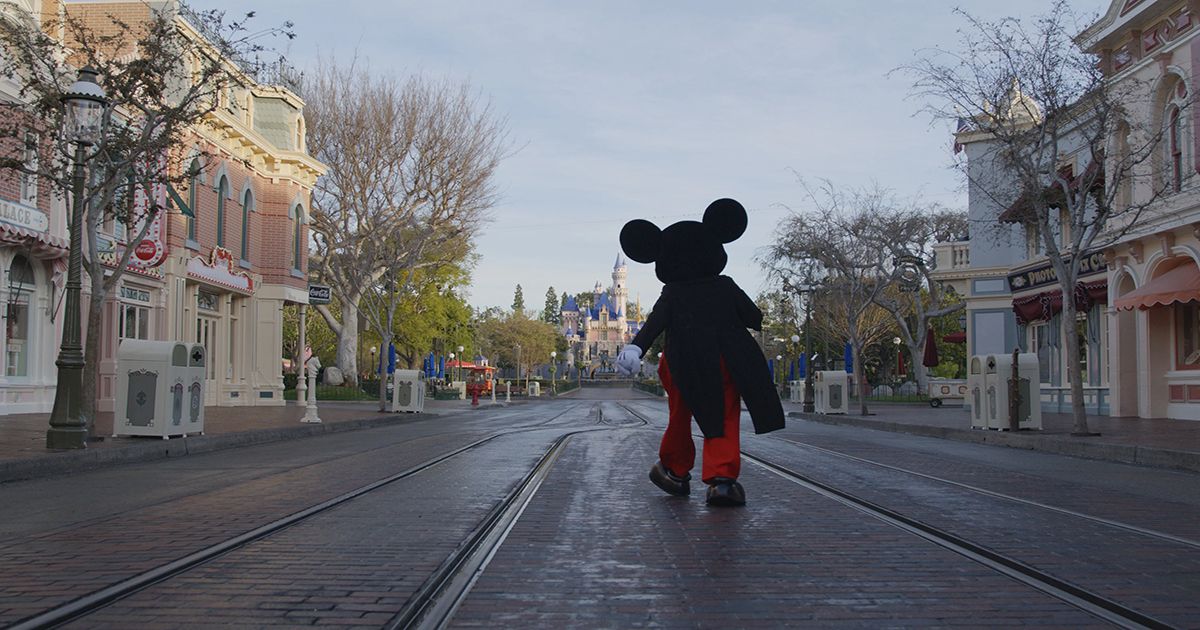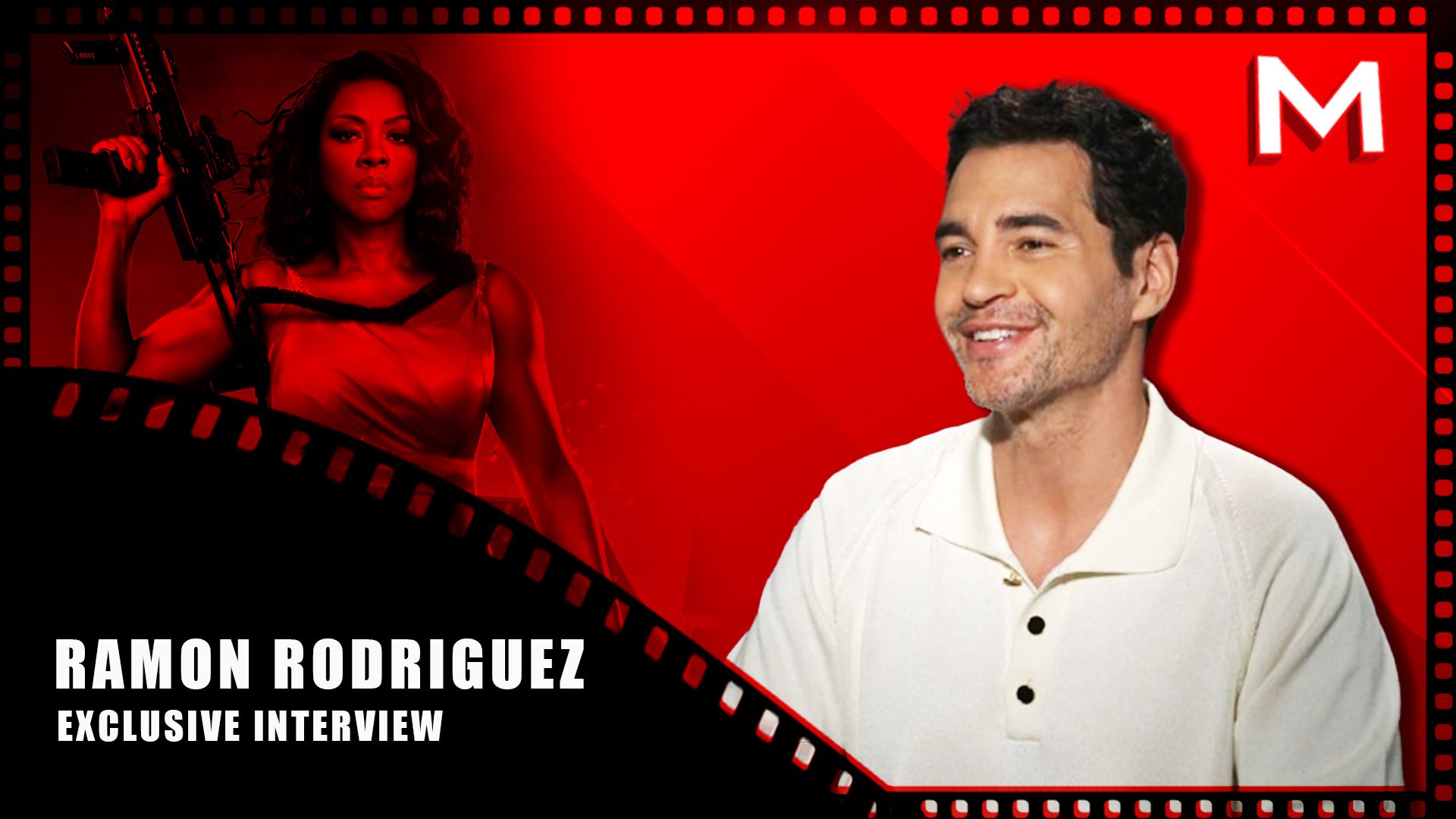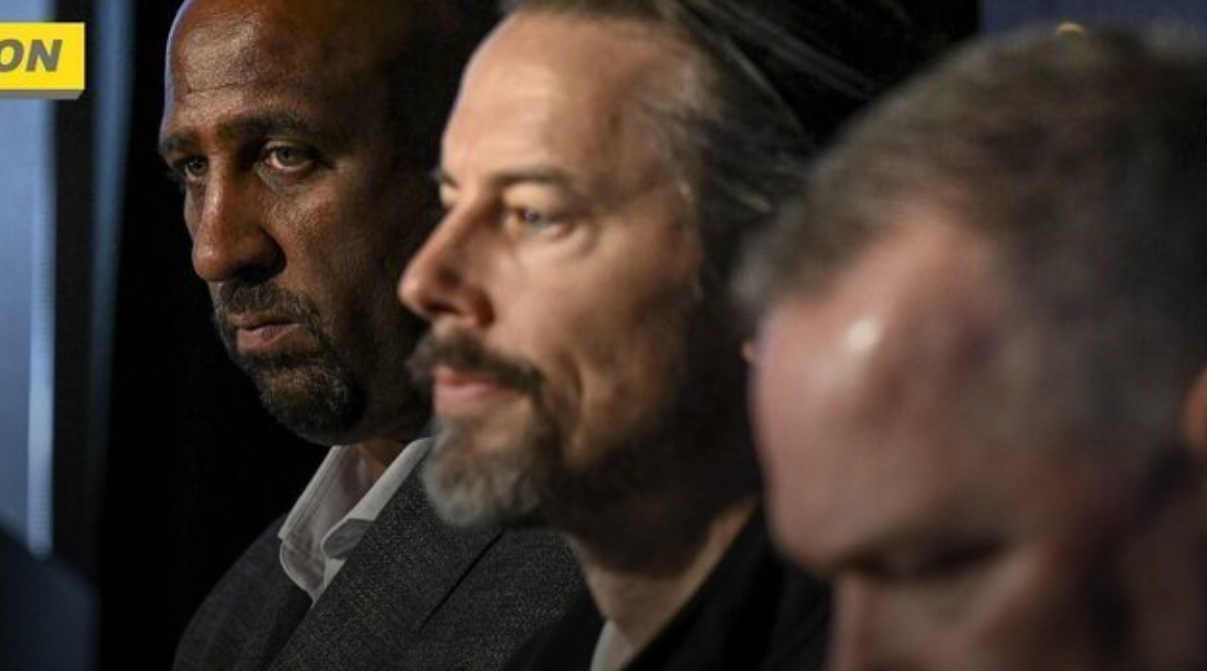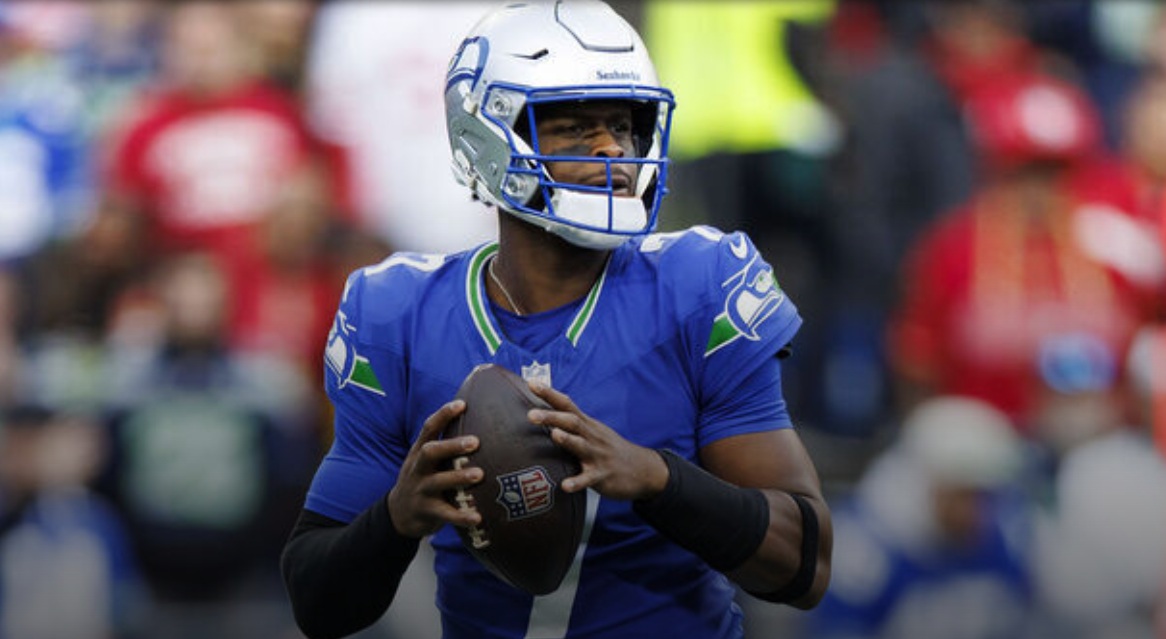Other sizable chunks of the show’s focus are given to Helms’ Nathan. To Helms’ credit, for the most part he puts an amicable face on white privilege, while his general naïveté is played off as an extension of his dorkiness, despite its serious connotations. The character doesn’t read well on paper, which is a credit to the show’s lightly serious tone that he’s not too tiresome; Helms is one of the best in the business at playing someone who is so, so very close to “getting it,” and yet he does not (he does similar work in this week’s “Together Together,” as a man who befriends the surrogate who will birth his child). Nathan’s sincere empathy for others creates an interesting tension with his degree of denial, especially when it comes his family’s role as colonizers. But there are times when the show leans too readily into Helms’ generic-go-lucky style, making his character-driven moments generally predictable.
The show’s standout performance is from Michael Greyeyes, who plays a casino owner that Reagan refers to as a shark. Greyeyes knows how to make his character Terry so tempting, so approachable, so larger than life. Greyeyes gives the most fascinating performance here, as someone who shows how performative he can be with his position of power, leading a casino with Native employees and board members that is very much in the business of working white people. Greyeyes’ shifts in demeanor, depending on what he can get out of who he is talking to, are both visible and subtle enough to suggest a stunning sense of control and self-awareness. The series’ fourth episode offers more in-depth look at this character, and his bitter capitalist backstory, but it also shows how his roles as a father and husband can create levity, and that he also fits in this story as a goofy, overbearing dad trying to pressure his daughter to make money with her beads. Greyeyes offers the type of performance that could lead and sustain its own complex series, and one that could either be a sitcom or something like “Breaking Bad.”
Outside of these three, the show does not yet have the cumulative strength that makes a “Parks and Recreation”-like ensemble work. Part of that is in how the show is still developing four episodes in, and finding out which characters are the most watchable. (I’m hoping for more from the two employees at the casino who are not impressed by Reagan, and for more clever jokes for Jessie Leigh’s Bobbie, Nathan’s assistant.) But the jokes that are in play here aren’t all that effective, whether it’s about Nathan’s naïveté or Reagan’s intensity, or some pop culture ad lib joke (“Cloud Atlas,” The Avengers, and even “Parasite” are all name-dropped to mild groans). The humor leaves a noticeable gap in between the series’ more thoughtful passages, and it’s lack of creativity flattens episode arcs that throw in characters to inspire Reagan or Nathan to see the extreme potential of their goals. Paul F. Tompkins, for example, relishes his role as a non-PC Rutherford historian with a drinking problem, but the jokes read off as too easy. With the show’s main storyline of the lawsuit barely developing across four episodes, the comedy does not give enough momentum in its place.
But as any fan will tell you, “Parks and Recreation” didn’t really take off, or find its comedic voice, until about one season in. I suspect that could very well be the case with “Rutherford Falls”—it has a good deal more to prove of itself, but it does have compelling leads and the promise of a strong premise, one that hooks you with a necessary wake-up call.
Four episodes screened for review. “Rutherford Falls” premieres on Peacock on April 22.
You can view the original article HERE.


